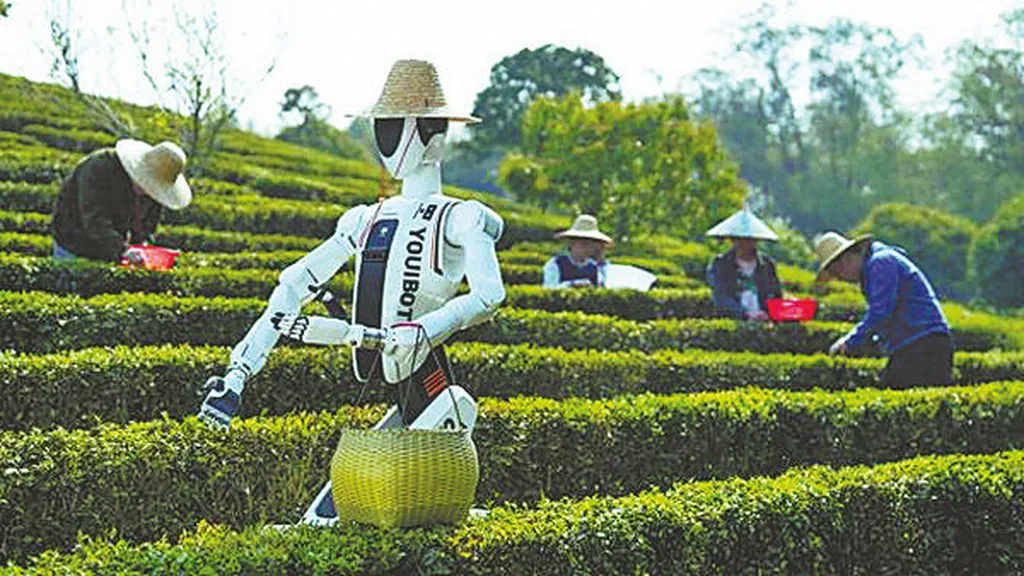In the heart of China’s Zhejiang province, a team of researchers led by Xiaolei Chen from the College of Computer Science and Technology at Zhejiang Sci-Tech University has developed a groundbreaking solution for the tea industry. Their innovation, TeaAppearanceLiteNet, is a lightweight object detection network designed to revolutionize the way tea leaves are inspected for appearance quality. This advancement is not just a win for tea producers but also a significant stride towards the digitalization of agriculture.
The inspection of tea leaves is a critical process that directly impacts market classification and value assessment. However, existing detection methods often rely on complex models that are impractical for devices with limited computational resources. Chen and his team have tackled this challenge head-on. “We aimed to create a model that is both efficient and accurate, capable of running on mobile and edge devices,” Chen explains. Their solution, TeaAppearanceLiteNet, is a testament to this vision.
At the core of TeaAppearanceLiteNet is the novel C3k2_PartialConv module, which significantly reduces computational redundancy while maintaining effective feature extraction. This module is complemented by the CBMA_MSCA attention mechanism, which enables multi-scale modeling of channel attention, enhancing the perception accuracy of features at various scales. The Detect_PinwheelShapedConv head further improves the spatial representation power of the network.
One of the most innovative aspects of this research is the formulation of the MPDIoU_ShapeIoU loss. This loss function enhances the correspondence between predicted and ground-truth bounding boxes across multiple dimensions—spatial location, geometric shape, and scale. As a result, the network achieves a more stable regression and higher detection accuracy.
The results speak for themselves. TeaAppearanceLiteNet achieves a 12.27% improvement in accuracy compared to baseline methods, reaching a mean Average Precision (mAP) of 84.06% at an inference speed of 157.81 frames per second (FPS). Impressively, the parameter count is only 1.83% of traditional models. “This compact and high-efficiency design makes it ideal for deployment on mobile and edge devices,” Chen adds.
The implications of this research extend beyond the tea industry. In an era where digitalization and smart agriculture are becoming increasingly important, TeaAppearanceLiteNet paves the way for more efficient and intelligent agricultural practices. The model’s ability to run on resource-limited devices opens up new possibilities for real-time, on-site inspections, reducing the need for manual labor and improving overall productivity.
As the world continues to embrace smart agriculture, innovations like TeaAppearanceLiteNet will play a pivotal role in shaping the future of the industry. By making high-accuracy, real-time inspections possible on a wide range of devices, this research is set to drive significant advancements in the field. The study was published in the journal ‘Applied Sciences’, known in English as ‘Applied Sciences’, underscoring its relevance and impact in the scientific community.
In the words of Chen, “This is just the beginning. We are excited to see how our work will inspire further developments in the field of smart agriculture.” With TeaAppearanceLiteNet, the future of tea leaf inspection—and indeed, the broader agricultural sector—looks brighter than ever.

